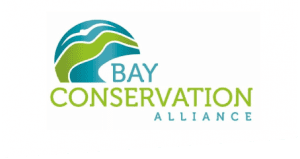
The Kaharoa Kōkako Trust (KKT) was formed in 1997 by a group of local residents who wanted to save the few kōkako that remained in the area. By reducing the number of pests (possums, ship rats and stoats) in the Kaharoa Conservation Area, we have enabled kōkako numbers to grow. The increasing number of kōkako is living proof of how the community can play a vital role in enhancing the environment, and this continues to inspire our work today.
The Trust works with the Department of Conservation to achieve these results.
Objectives:
We work to protect the environment of the Kaharoa Conservation Area near Rotorua, with particular emphasis on the kōkako population there.
The importance of increasing kōkako numbers:
In 1997 there were 26 kōkako included in a research project in the northern portion of the forest, but in 2001 in the first full census there were 64 overall in the conservation area. In the latest census (2022), 124 adult kōkako were counted, but this is a concerning decline from the previous survey carried out in 2015. The Trust is in the process of instigating several measures to reverse this trend.
Kaharoa kōkako are a surviving remnant of the original local population (relict). Forty-eight Kaharoa kōkako, so far, have been translocated to other areas to help found new populations or to add genetic diversity in existing ones. Translocations are managed on a national basis by the Kōkako Recovery Group (DOC).
Kaharoa kōkako have contributed to populations in both Manawahe Kōkako Trust and Otanewainuku Kiwi Trust, our partner organisations in BCA.
The Trust carries out annual pest control and has trialled many new toxins over its 25 years of existence. We routinely monitor success of pest control operations via pre- and post- assessments of ship rat and possum indices.
The Trust also recognises the importance of understanding the health of the Kaharoa ecosystem and, to this end, routinely monitors invertebrates, Pekapeka-tou-roa (long-tail bats), other forest birds, and some plants.
How to Help:
- Make a donation.
- Volunteer. There are many ways you can contribute;
- Help out at our volunteer workdays – the Trust holds regular workdays to conduct track maintenance, pest control and other activities in the Conservation area.
- Adopt a track – the Adopt-a-track scheme is designed for volunteers who want to conduct track maintenance in their own time.
- Become part of a team involved in a particular ‘project’ e.g., trapping, monitoring, plant protection, weed management etc.
- Help with the many administrative tasks required of a successful organisation.



